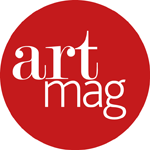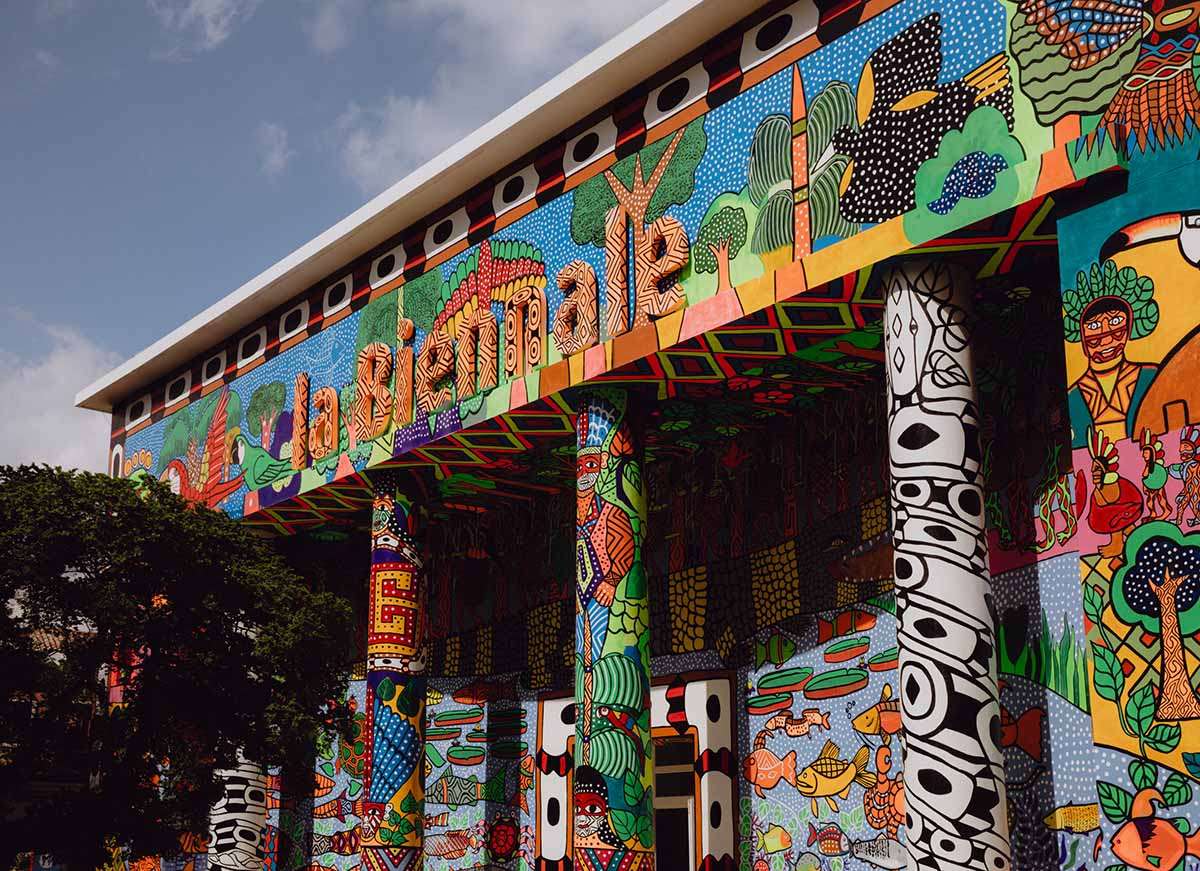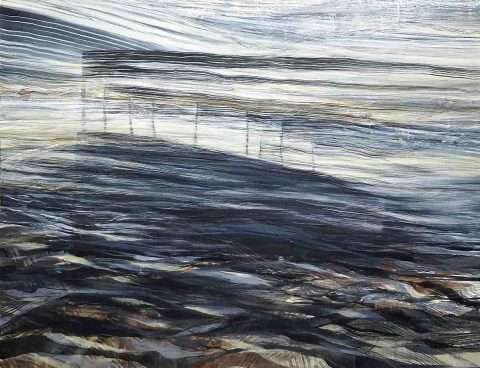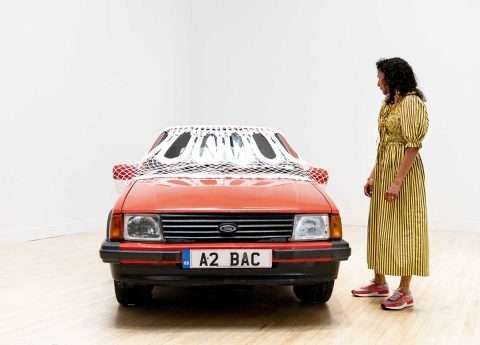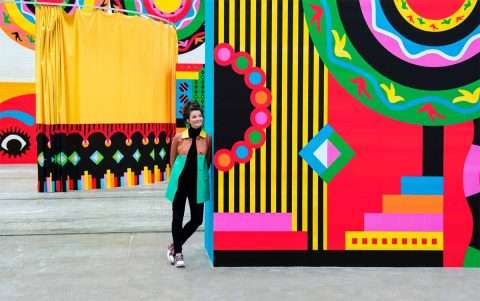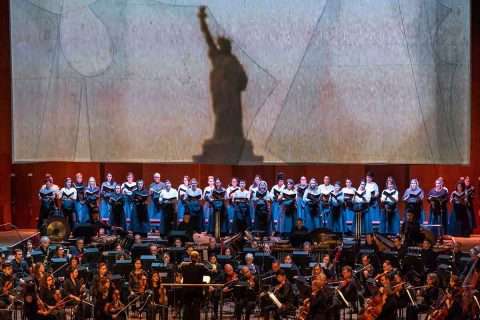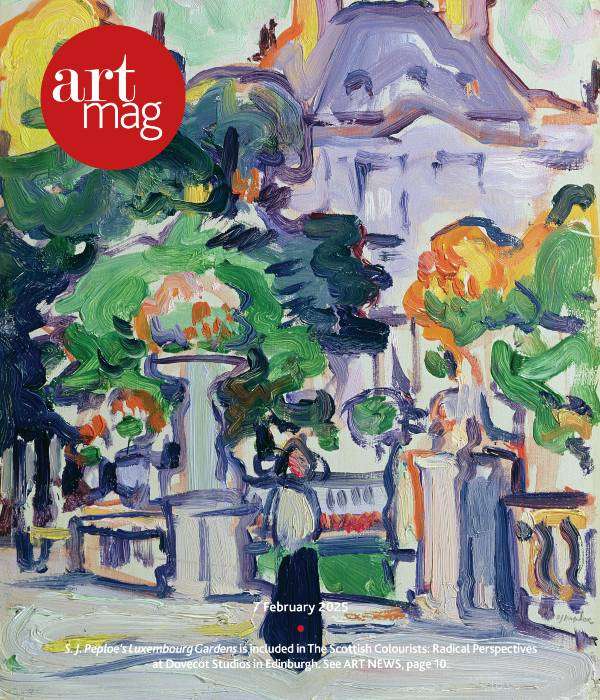FOREIGNERS everywhere. It’s a good description for Venice during the Biennale, especially in opening week when the art world descends on the city. By making it the theme of the 2024 Biennale, Brazilian curator Adriano Pedrosa is aiming to set in motion a radical train of thought.


The Venice Biennale is the oldest and largest festival of contemporary art in the world. It’s a magnet for art lovers, spreading out from its historic bases in the Giardini and Arsenale (the huge former boat-building yard) to embrace the rest of the city.
At its centre is a vast exhibition in two parts, one in the Central Pavilion in the Giardini, the other in the sweeping halls of the Arsenale Corderie. Pedrosa’s show features a total of 331 artists and collectives from 80 countries, big even by Biennale standards. 86 countries also have their own “pavilions” in the city, and there is a further diverse “collateral” programme.

For the first time in more than 20 years, Scotland is not among them, after Creative Scotland decided to “pause” the Scotland + Venice project which has taken a show to every Biennale – both art and architecture – since 2003. The loss of this international platform is keenly felt in the Scottish art community and it is to be hoped they will reconsider.
‘Pedrosa’s show features a total of 331 artists and collectives from 80 countries, big even by Biennale standards.’

In Foreigners Everywhere, Pedrosa’s modus operandi seems to have been to seek out “foreigners”: refugees, migrants and exiles; indigenous and outsider artists; people from countries under-represented in the art world, most from the Southern hemisphere; those who have been “othered”, for example, by being LGBTQ+. He has invited outsiders in.
Across his two shows, you will find indigenous painters from the Amazon, Maori wood relief sculptures, embroidery from Chile, giant pots from Paraguay. There is drawing and painting, from the epic 1936 work Crucifixion of the Soul, by British outsider artist Madge Gill, to an equally vast mural painted by trans and cis women in the Aravami Art Project in Bangalore. For the most part, the big names of the contemporary art world are conspicuous by their absence.


Like Cecilia Alemani, curator of the 2022 Biennale, he creates capsule shows-within-a show, “Nucleo Storicos” which reflect on the past. One looks at how abstraction was taken up through the Southern hemisphere: it is colourful and interesting. The other two, on portraiture and Italian artists who have made careers abroad, are more mixed in quality.
‘With the emphasis on painting and making rather than installation and film, the whole thing feels more spacious, less frenetic.’
This has attracted some savage criticism, but the quality of individual works is, perhaps, not the point. Pedrosa is attempting to shake up the art world – still overwhelmingly Western, privileged and, let’s face it, white – by putting forward another perspective. He has made these familiar spaces a little less familiar. Who’s feeling like the foreigner now?
The paintings of young New York-based artist Louis Fratino exploring queer experience are a real discovery. Korean-American Kang Seung Lee has made a series of delicately beautiful tributes to artists who died of Aids, while Lebanese artist Omar Mismar tells queer stories in mosaics.
However, the effect when you bring all this (and much, much more) together is often befuddling. Pedrosa’s show partly depends on uniting a variety of “outsiders” who have very little in common. There are intriguing juxtapositions in some of the rooms, but overall the works don’t have much to say to each other.
It is, however, genuinely different to the other Biennales I’ve seen. With the emphasis on painting and making rather than installation and film, the whole thing feels more spacious, less frenetic. This, plus the freedom with which Pedrosa mixes the work of living and dead artists, has caused some to query the extent to which this show is really “contemporary”.
Pedrosa’s ethos ripples out into many of the national pavilions. It seems to be in vogue this year to pass on your pavilion to another, worthier project: Denmark’s houses photography from Greenland; The Netherlands hosts an art and land reclamation project from the Democratic Republic of Congo; Poland hosts Ukrainian collective Open Group, who have filmed Ukrainian refugees making the sounds of guns and missiles.


There are some powerful moments. ‘Refugee Astronaut’ by British-Nigerian artist Yinka Shinobare strikes exactly the right note at the entrance to the Arsenale, a fragile pilgrim in a strange world. Mataaho Collective’s epic overhead lattice of cargo straps and Dana Awartani’s drapes of mended silks are deeply impressive. The paintings of father and son Santiago and Rember Yahuarcani, from the Uitoto nation of Amazonia, are beautiful and strange. Nil Yalter (winner of a Golden Lion Lifetime Achievement Award) and Bouchra Khalili make powerful work about the migrant experience.
Spain hosts Peruvian artist Sandra Gamarra, who has created a Migrant Art Gallery, a critique of Spanish art history which is heavy on words and angst. Jeffrey Gibson, the first Native American artist to represent the USA in Venice, works with ultra-bright colours, sound-bite style slogans and giant rainbow-clad figures, which seem to sit a little at odds with the seriousness of the history.
Archie Moore, for Australia, who is of Aboriginal heritage, takes the opposite approach. His show, which is entirely in black and white – a memorial for Aboriginal people who died in state custody and a “family tree” going back thousands of years – won the Golden Lion for best pavilion. Israel’s pavilion remains shuttered, with an armed guard outside, after pro-Palestinian protests in the opening week. A notice pledges to reopen “when a ceasefire and hostage release agreement is reached”.


John Akomfrah, at the British pavilion, makes the most ambitious work of his long career – a suite of nine sound and multiscreen film installations which occupy every inch of the space from the basement to the imposing classical frontage. It’s technically impressive, but the sheer scope of what he tackles – colonialism, forced migration, climate change, landscape, queer rights and more – leaves the viewer in danger of being overwhelmed.
‘Zhanna Kadyrova’s Russian Contemporary Baroque is a working pipe organ made (in part) with metal from Russian missiles used to bomb Ukraine, a true swords-to-ploughshares moment’
That’s the thing about Venice: you can never take it all in. A few personal highlights, then: Aleksandar Deni?’s imagining (for Serbia) of colonial Europe as a kind of broken down theme park; the delicate paintings of people between work and rest by Romania’s Serban Savu; Pablo Delano’s exploration of US colonialism in Puerto Rico and the tiny landscapes of Austrian outsider artist Leopold Strobl (both in the Central Pavilion); Bulgaria’s off-site show based on the testimonies of survivors of a Communist forced labour camp which only closed in 1989.

And the beautifully curated collateral show From Ukraine: Dare to Dream, in Palazzo Contarini Polignac on the Grand Canal, supported by the Pinchuk Foundation, which brings together Ukrainian and non-Ukrainian artists in a thoughtful and ultimately uplifting imagining of the future. Shilpa Gupta’s chorus of protest songs, Otobong Nkanga’s monumental tapestry and Yarema Malashchuk’s tender film work about children waking up are just some of the highlights here. Zhanna Kadyrova’s Russian Contemporary Baroque is a working pipe organ made (in part) with metal from Russian missiles used to bomb Ukraine, a true swords-to-ploughshares moment, and a reminder of the transformative power of art.

:: The 60th International Venice Biennale runs until Nov 24, information at www.labiennale.org, From Ukraine: Dare to Dream at Palazzo Contarini Polignac ends Aug 1.
